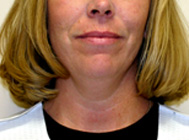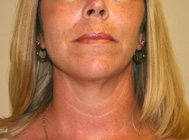Skin Cancer & Lesions
Jump To
Imperfections in the skin that cause concern
Lesions and Skin Cancer FAQ
Should I be concerned about these lesions on my body and how do I know if they are cancerous?
Dr. McKeown firmly believes that everyone should have their skin examined at least once, preferably twice a year by your primary care physician or a dermatologist. You should have someone do surveillance of your skin to ensure that your moles are not changing. Dr. McKeown strongly advocates prevention of skin cancers through identification, treatments and monitoring. If, however, you have any suspicious lesions that require being surgically removed, Dr. McKeown is trained to dissect your lesions and will send all results to your primary care physicians and or your dermatologist.
What is the procedure to remove a suspicious lesion of skin cancer?
Done under local anesthesia in his surgical center, Dr. McKeown will numb the area and dissect the suspicious area. He will then have the lesion evaluated by a laboratory to identify what the lesion was and if all the margins are clear. You will have a few stitches and will return in 10 to 14 days for suture removal.
What results should I anticipate?
Skin cancer is the most common form of cancer in the United States and the incidences on the rise. Fortunately most skin cancers can be surgically removed.
What can you expect post-surgery?
The area may have a slightly swollen appearance or may be red or pink in color. The area may be left with a thin scar that will fade in time.


